By Gary Friedman
As human beings, our experiences shape how we understand not only our own contexts, but those of the people we engage with. Accessing self is an oft ignored central skill in conflict resolution, one that expands our repertoire of how to help people we are working with, rooted in a place of understanding our reactions to people.
Working with people in conflict evokes our own emotions, including difficult ones, and accessing self in the midst of a conflict can help keep us from acting on reactions that can hinder the help we are trying to provide to conflicting parties. Furthermore, this provides a central place for us to return to, without holding other people in narrow contexts.
We can learn much about what is happening inside of us through our physical reactions—the mind can fool you, but the body doesn’t lie. The ability to regularly and easily know what is inside of us requires focus that can be honed through meditation. Finding a deeper place inside ourselves where our motivations to mediate conflict have taken root offers a stable foundation we can return to and helps avoid burnout.
In the Understanding-Based Model, we also take a systemic approach, “going down the V”, that helps us deal with strong reactions that can create blocks between and even alienate the people we work with. As tensions and turmoil rise in conflict, we are less susceptible to being swept away by the things that can affect us—such as feeling a need to take over or to withdraw completely. Through accessing self, we can return to operating in a way we want to work with conflict.
To learn more about how to work from the inside out, consider joining Norman Fischer and I for our webinar on November 9. We will show the systemic way the body is the entry point for us to deepen ourselves from a place not obscured by our own reactions and inability to see what is happening outside ourselves. We will also talk about dealing with discomfort, as well identifying and working with bias towards parties.


